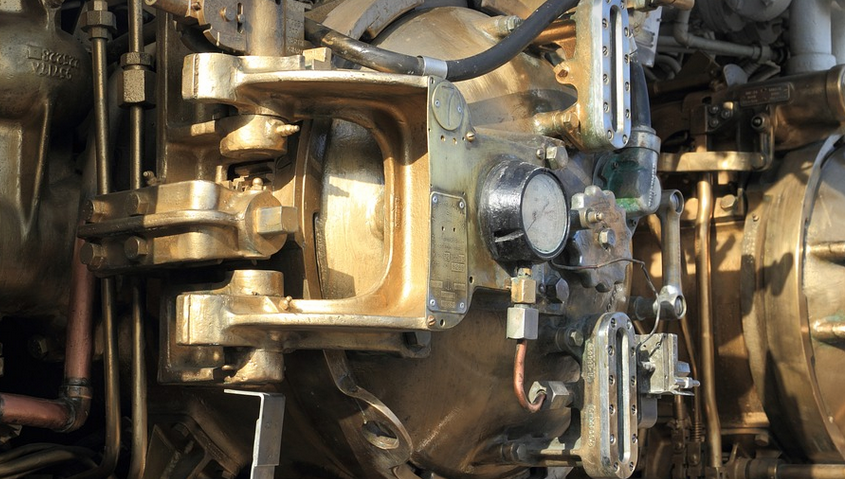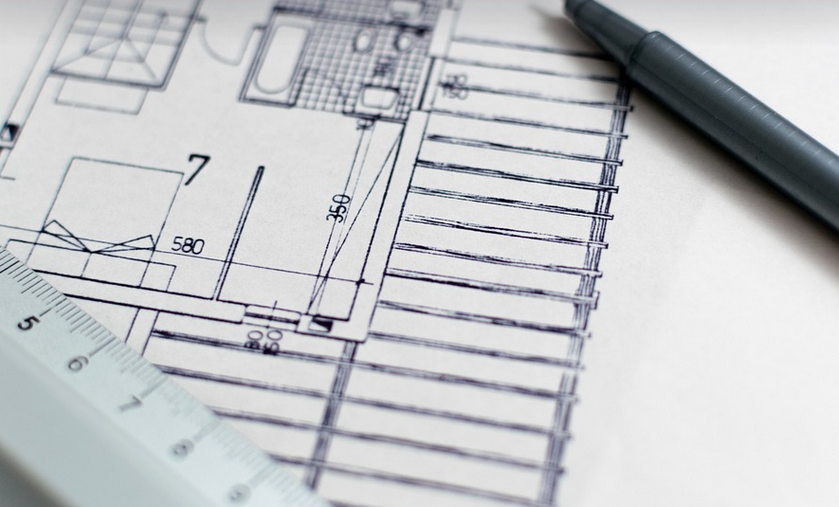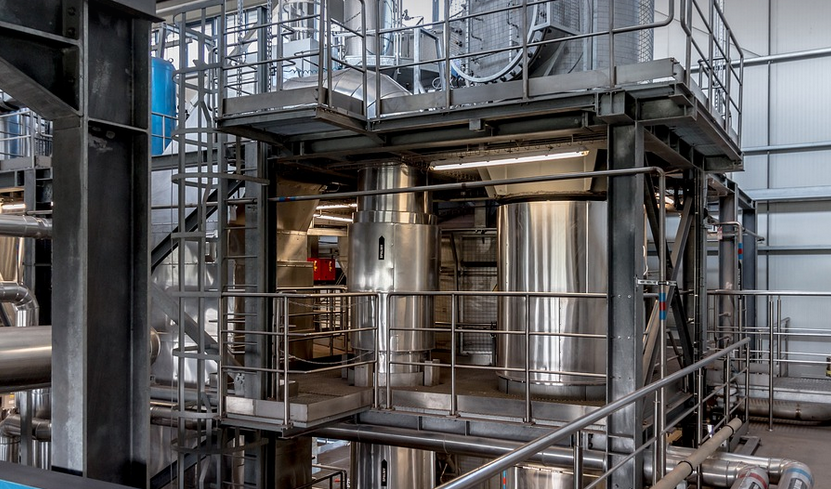What is the Standard of Care?
Imagine you’re driving down a busy highway. You’re sharing the road with other cars, trucks, and bikes, all moving at different speeds. To ensure everyone stays safe, there are rules of the road—speed limits, traffic lights, lane dividers. These aren’t just arbitrary rules; they embody a “standard of care,” a set of guidelines for how to safely operate in that environment.
In the world of engineering, the standard of care is much like those highway rules. It’s the baseline level of skill and knowledge required to perform a job or build something safely. It’s about understanding what the industry considers “best practice” and applying it consistently, just as drivers are expected to follow traffic laws.
Why Does Engineering Have a Standard of Care?
Engineering is all about problem-solving: designing structures, machines, and systems that serve specific needs. But like the highway, every engineered project has its own unique challenges. These range from ensuring structural integrity under heavy loads to creating a safe working environment for people while minimizing environmental impact.
The standard of care is essential for several reasons:
- **Preventing Harm:** It’s about predicting and preventing potential harm – whether it’s structural failure, equipment malfunction, or a worker getting injured.
- **Protecting Public Safety:** Engineering projects impact the lives of countless people. The standard of care ensures that these projects are executed with a level of diligence so that the public is not put at risk.
- **Maintaining Professional Integrity:** Setting and adhering to the standard of care fosters trust and confidence in the engineering profession.
- **Promoting Innovation:** By incorporating high-quality standards, engineers can ensure their projects are built to last while continuing to innovate and push technological boundaries.
The Pillars of the Standard of Care
Think of the standard of care as a framework. It consists of several key pillars that guide engineers throughout every project:
- **Safety:** Prioritizing safety is paramount. Engineers must consider potential hazards inherent in their design and implement safeguards to minimize risk.
- **Expertise**: The more knowledgeable the engineer, the better the outcome. This includes understanding building codes, industry standards, and applying relevant engineering principles
- **Reliability:** The designed system or product should work reliably over time, often with minimal maintenance. This requires using durable materials and planning for potential failures.
- **Sustainability:** In an era where environmental responsibility is paramount, engineers are expected to consider the long-term impact of their designs on the ecosystem.
- **Documentation:** A clear record of design choices, calculations, and testing data allows for accountability and future improvements.
How Does the Standard of Care Impact Projects?
The standard of care doesn’t just exist in a vacuum; it impacts every stage of an engineering project:
- **Design:** Engineers must carefully consider factors like weight, load capacity, and potential stress points while designing products or structures. This involves using appropriate materials, calculating forces accurately, and utilizing established design principles.
- **Construction:** During construction, engineers need to ensure that the building methods meet safety standards, use quality materials, and are executed by skilled professionals.
- **Project Management:** Efficient project management is critical for ensuring projects stay on track while maintaining high standards of care. This includes clear communication between all stakeholders, timely completion, and adherence to deadlines.
The Future of Engineering
The engineering field is constantly evolving, pushing boundaries and exploring new solutions. With the rise of automation, AI, and renewable energy, engineers will need to adapt and refine their standards of care to meet these challenges:
– **Artificial Intelligence (AI) in Engineering:** AI will play a growing role in design analysis, construction management, and quality control, revolutionizing how we approach engineering tasks. As AI evolves, it needs to be implemented responsibly and ethically, ensuring safety and transparency throughout the process.
– **Sustainable Solutions:** Engineers will play a critical role in developing eco-friendly solutions that reduce our environmental impact. This includes designing structures for energy efficiency, exploring renewable sources of energy, and minimizing waste during construction.
The standard of care remains a vital cornerstone in the field of engineering. By upholding high standards of knowledge, skill, safety, and responsibility, engineers can build safer, more sustainable, and more innovative solutions for the future.



